Stroom Invest interview / artist Alexander Webber
In his sculptures, performances and installations, Alexander Webber often performs himself as an actor. Playing with linguistic concepts that act as both nouns and verbs, he approaches sense-making from an absurdist and somewhat sarcastic perspective in order to question loopholes in human dialectics. Whilst moving between producing, organizing, curating and stimulating collaborative authorship from an artistic perspective, Webber’s thinking is based on the idea of a ‘premise’, which is strongly linguistic in nature. This approach is reflected, among other things, in the organization of symposia: moments in which the linguistic coincides with the form and aesthetics of the event itself.
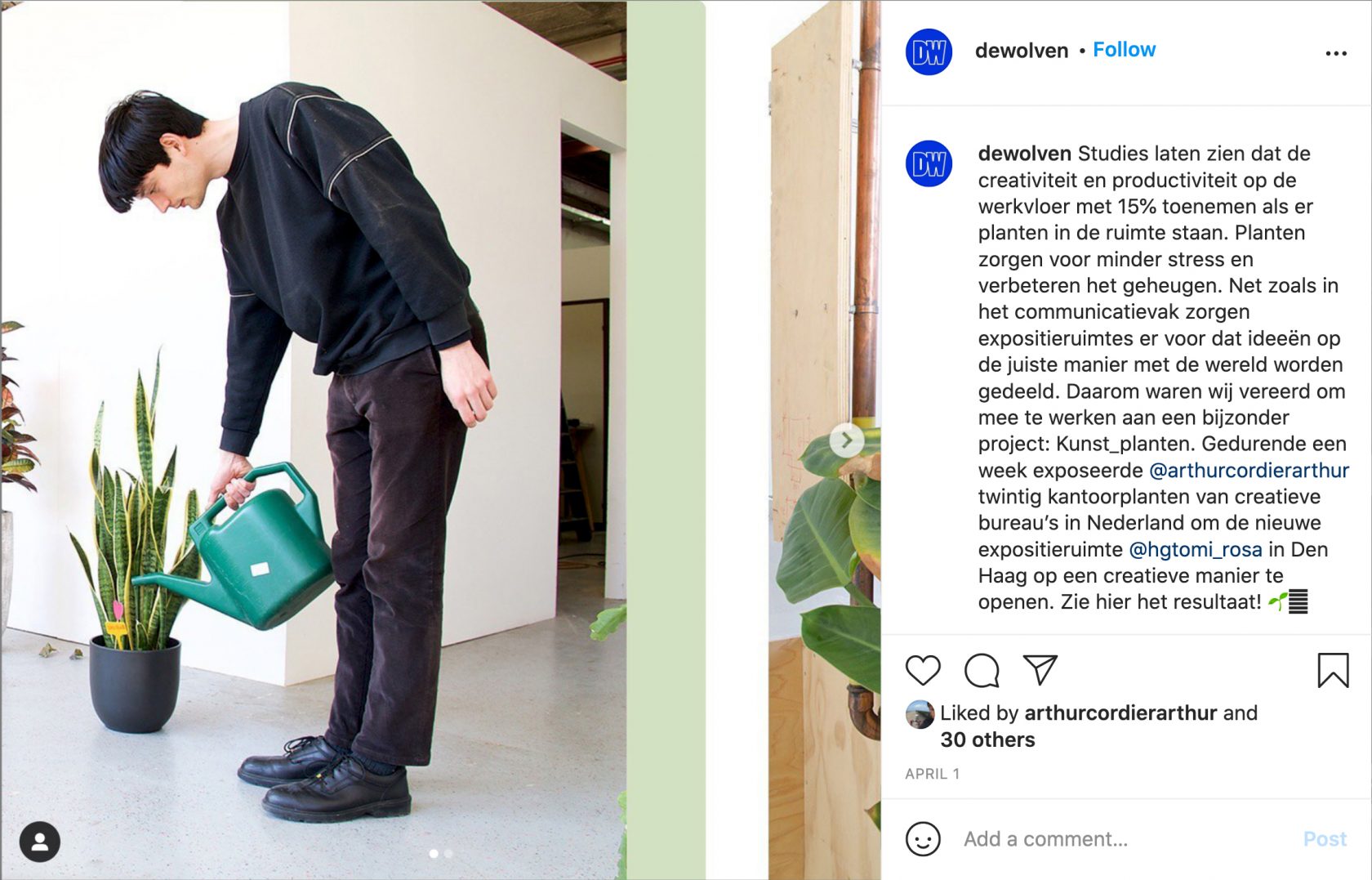
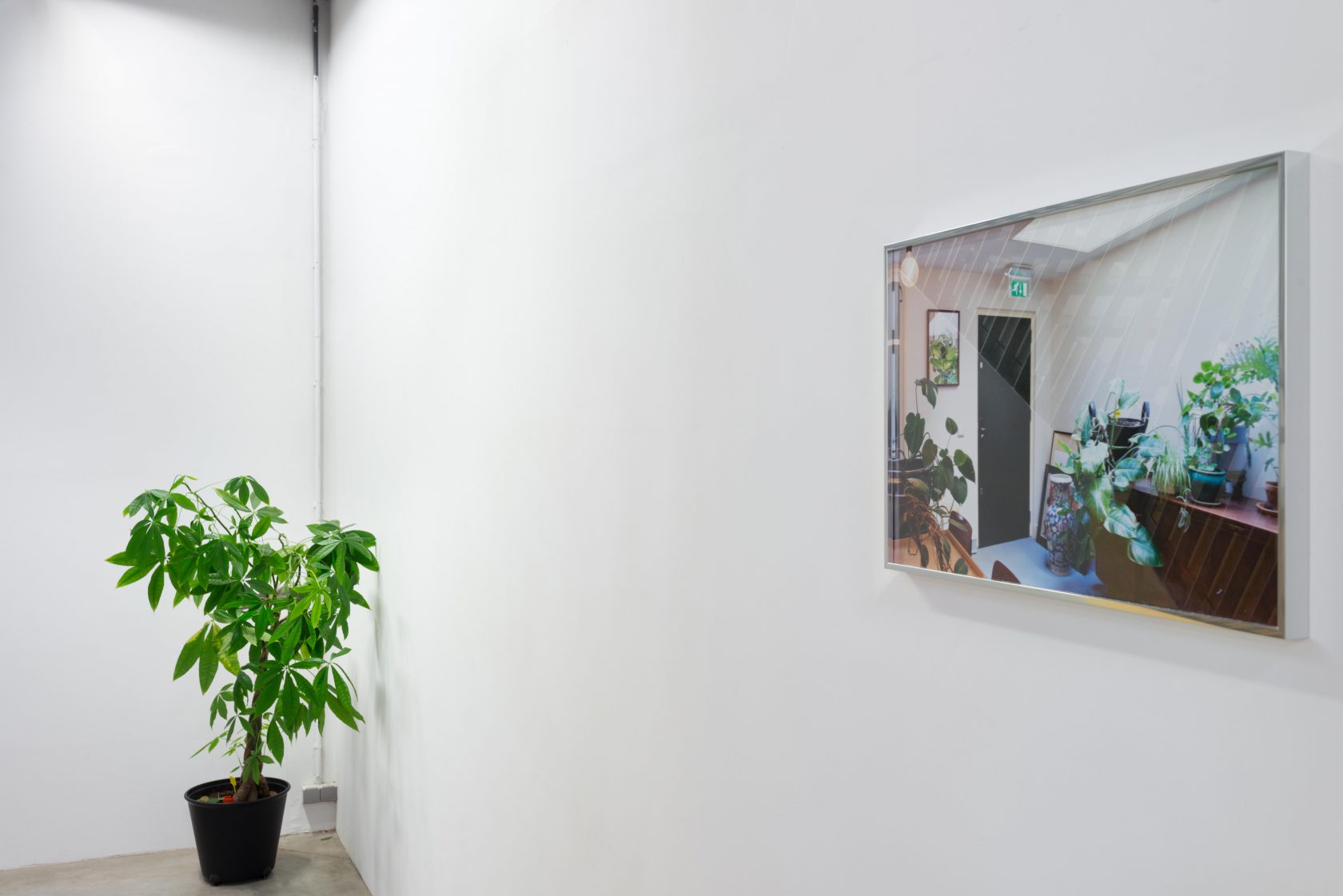
Alexander, nice to meet you. Scrolling through your website, I was seized with a certain linguistic energy. Can you tell me something about what you’re currently working on?
In a few weeks I intend to do a project called ‘symposium for people who paint and wear hats’. It will be an one evening event in which artists who both paint and wear hats are invited to discuss painting and hat wearing. It haven’t completely worked the whole structure out yet, but the symposium will involve hanging some paintings by some of the participants, sharing some research, a group discussion, and then possibly some kind of collective action if we decide on that. Everyone will need to be wearing (one of their) hats for the duration, and if they forget it they sadly won’t be able to participate.
Aside from that I’m working on another project that will hopefully happen later this year, called ‘Summer Camp Friends Forever’, which is a speculative workshop based on a shared work space of sorts, where some people will work together on ‘camp’ for a mini-residency style project.
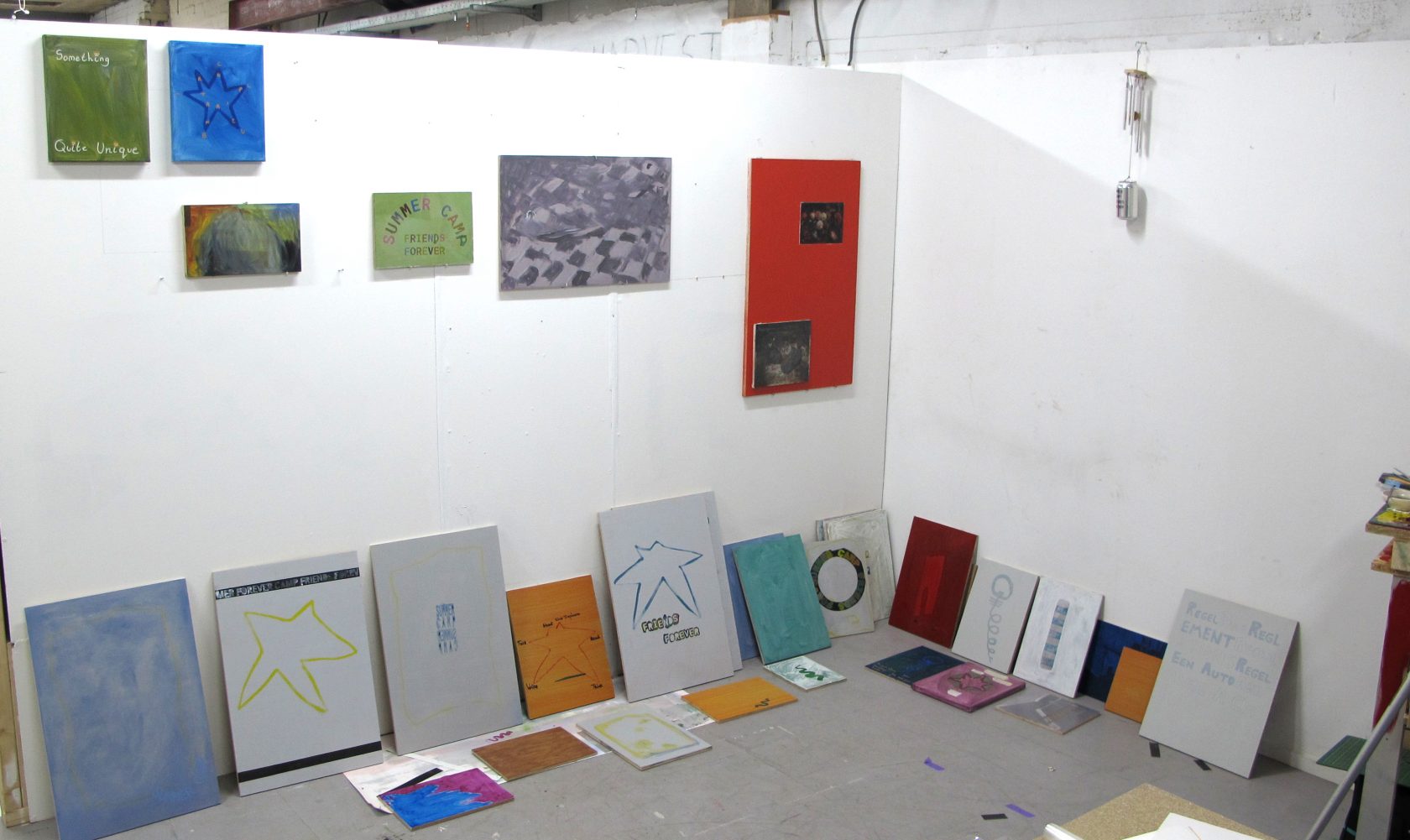
And with Laura Snijders, I’m organizing PIP Expo, which is a series of 5 one-night duo shows held in PIP Den Haag. The series is focused on a moment of showing that links ‘an experiment’ that is carried out by means of ‘a collaboration’ between two different artists. We did 3 of these events at the end of 2021, and have a total of 5 scheduled for this year.
The people present at the symposium wear hats and paint. Of course, this has something absurd in itself: questioning the hat they’re wearing on their head. How exactly does this work?
I’m the host of the event. In that sense, I think people will arrive and I will be the first person to meet them. Maybe there will be a certain awkwardness between people who don’t know each other. And of course, everyone is wearing a hat: which does has a kind of humor or absurdity in itself, but is striking aesthetically as well: being in a room full of people walking around whilst wearing a hat. Maybe people might be over-aware of it and start staring, analyzing, maybe judging peoples hats. If it’s awkward, it’s awkward because the people feel awkward. That is as much a part of the symposium as me, being the inventor. It is very much open to the kind of natural side of the people who are there. Basically: the moment needs people, paintings and hats. This is really simple and forms the basis of the construction. And, as the title suggests, it really is a symposium, which has an artistic quality as a type of event.
How exactly does this work: you are painting and a symposium comes up?
In terms of the symposium, the two main aspects were formally very separate. It’s not that I’m painting hats or necessarily always wear a hat while I paint. I’ve always had painting as part of my practice, but always next to other things. Recently I was on a holiday and for the first time in my life, I bought a hat. I started to wear it and I felt really strange, I wasn’t recognizing myself in the reflection. I started to focus on that alter ego or persona, in how I could now approach or do things as this hat person. Additionally to my personal experience, the hat is a cultural symbol too. The hat I’m wearing is a baseball cap, for instance, which is a societal mirror that is a reflection of something and is, therefore, culturally valuable in itself. I hope that the simple premise of the hat wearing overcomes the questions whether someone present at the symposium is a student, for instance, or how someone’s career is going, how long they’ve been artists before, etcetera.
What do you consider the major ‘theme’ in your work?
One major theme I have recently been interested in is using a ‘premise’ as an approach in the production of both autonomous works and events. I think my work is often trying to come to terms with its own apparent logics. I like trying to make sense of the world around me by sometimes being over logical – and acting upon a premise allows it to become ‘self-fulfilling’ in a sense. The kind of conceptual mechanic behind this is that if a premise is ‘true’ (maybe defined by means of being acted upon, such as making something), then it also means that a ‘true’ conclusion can also be derived from it.
For example, I see the ‘symposium for people who paint and wear hats’ to be a premise. By committing importance for simple things such as ‘people who paint’ and ‘hat wearing’ by caring about it through the organization of an event, it allows that event to be a situation that has already made itself valuable in some sense. My hope is that this ‘valuable moment’ is the foundation for discovering or learning something new about the world. A project such as this is also an example of another theme which is ‘Exercising an ideal’ – With a world that can be so overwhelming in so many different ways at the moment I want to be working with what is graspable around me – which for me is translating into an interest in various forms of ‘showing’ work that isn’t necessarily an ‘exhibition’ format.
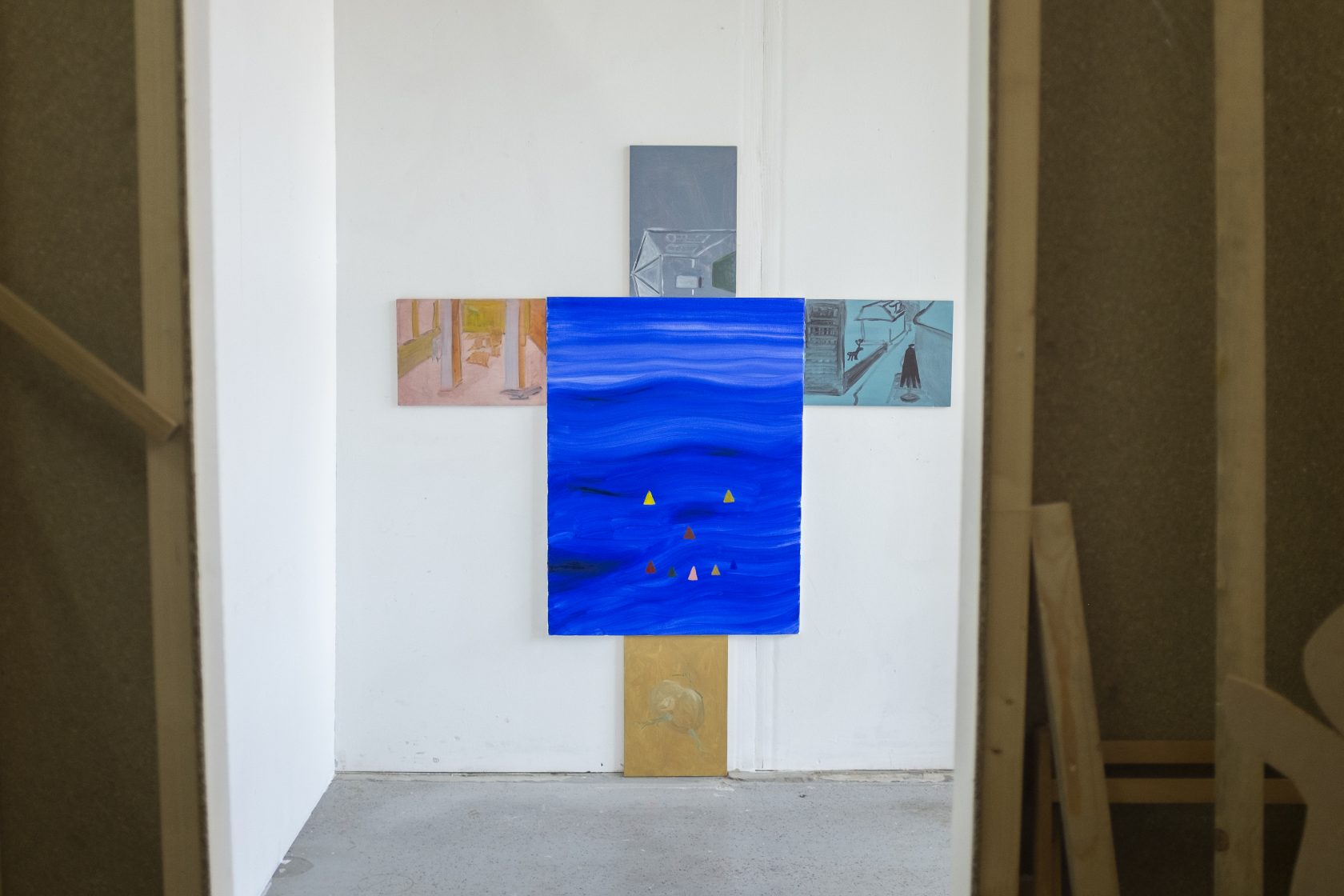
In your artist statement you’re mentioning the importance of shared authorship, social gatherings and communality. Can you tell me something about the role and/or need of collectivity and the value of not-knowing in your artistic practice?
I think these qualities stem from being involved in the artist initiative Hgtomi Rosa: we signed the contract for the space a few days before we graduated from our bachelor degree. Sharing these early years of developing your practice in what I want to compare to a sort of lord of the flies-esque experiment had a big impact. From sharing a working and presentation space lead to such a beautifully chaotic and confusing experience where things like contamination, resistance and ‘not-knowing’ unavoidably influenced my ideas of what being an artist should mean. It was very hard at times, but more recently I began to appreciate that this experience really helped in contextualizing my own and of course other people’s personas, skills, ambitions and artistic motivations into a wider discourse of artistic identity.
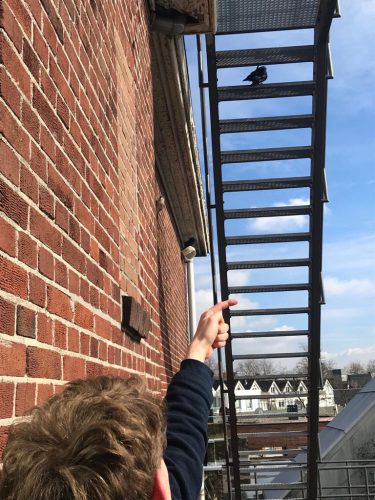
This is also where I developed an interest in collective and individual working, because in the context of a collective this can often come under scrutiny: like Who is contributing, how should we contribute, who decides how we contribute, is it ok to not contribute? We often tried to approach the projects we did together by stepping back from general social or structural assumptions – which is maybe a form of embracing ‘not knowing’.
Within Hgtomi Rosa, the six of you are eliminating the contrasts between making and showing, the individual practice and the shared context around. I’m wondering, is Hgtomi Rosa a ‘closed collective’, or is that contrast also lifted, for example, by asking who is the ‘public’ and who isn’t?
I’m not exactly sure what a closed collective means, but for example not having a public program or a planned series of events might make it hard for others to place us. All the exhibitions and events we have done were because we felt the urgency to do so in that moment. Saying that, I think it is a strange assumption that initiatives should always have a public face because they have made a step to structuralize themselves to some extent. ‘Showing’ does not necessarily need to involve a public, it also exists as an activity in the day to day use of a communal space or in open conversations with people.
We are an open collective in the sense that we are a mix people who do different things. When we organized events before, they were ‘publicly accessible’ and we’ve also worked with specific personal invitations (and mix between) encouraging an opportunity for certain dialogue that is linked to the intention of the event.
In terms of the events that we organized together, we’re focused on artist-led production which is a culture that comes from our lose and dynamic group structure. This is an important relation to notion of ‘public’, because I think (of course it is important to retain sense of viewership when thinking and making work), but I try not to think of ‘public’ as being the final step of the life cycle of a work. I think that it is healthy to break the assumption that showing work in an exhibition is always the end goal for what you do in your studio.
Can you elaborate a bit more on that?
Of course there’s a lot of value in the different focus of the moment of exhibiting gives you. In that sense it’s a kind of goal, being a step in a process. But it links to my way of thinking that is a bit more kind of series based: an exhibition is a possibility for a follow-up or second exhibition: it is more than what happens in that single, particular moment. And of course, when you make an exhibition with a lot of questions, the first time that you try something isn’t necessarily as fulfilling or productive you might want it to be. That’s where the idea of series came up, it’s about reflection, understanding and improving. About developing further.
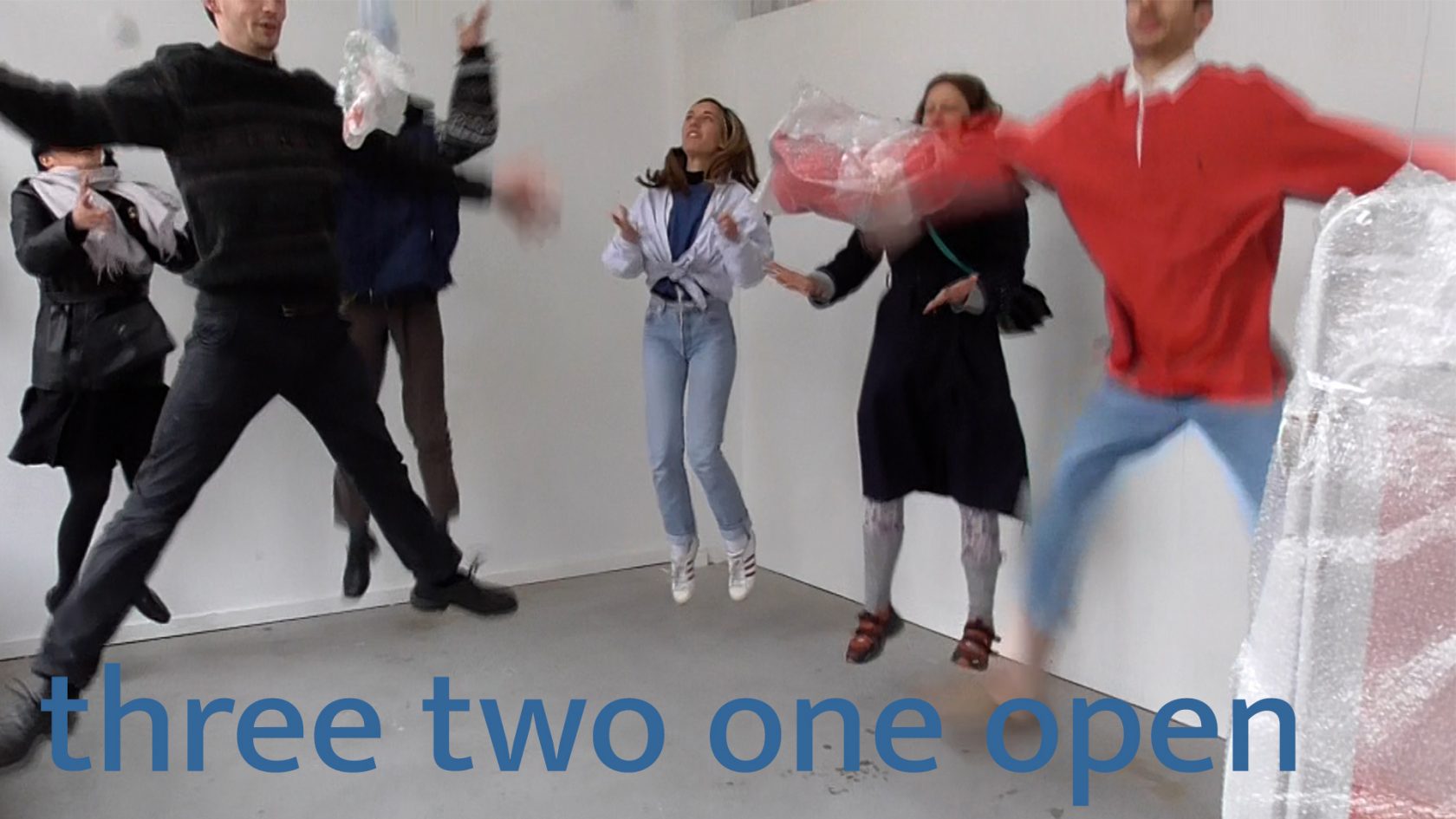
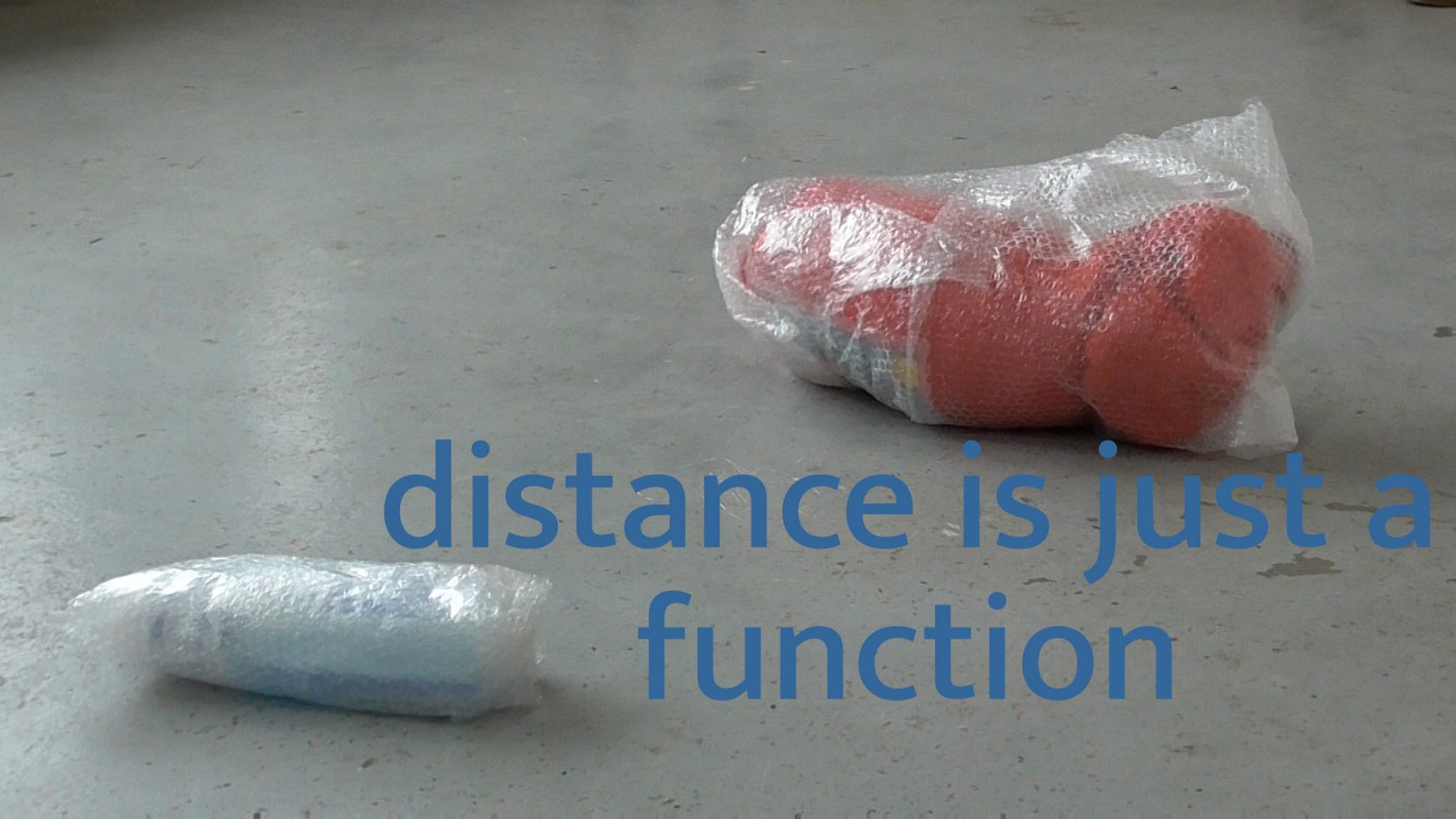
I think the concept of communality is very beautiful. Of course, it carries a criticality towards the idea of individuality. Do you ever reach the point that you want to merge into a collective completely?
There can be a danger in organizing when you go too far: you always have to balance it with your individual practice. I think you always have to understand that you’re one in a number of others, and a good understanding of yourself and your own intentions and values forms the basis of good collaboration and communication with other people. I recently found a text on my laptop called: ‘Reasons why I should lock myself in a space with six others’, written as the first lockdown restrictions were announced at the start of the pandemic. I think, whether it’s workshops or residencies, projects wherein your sense of ‘self’ is very much confronted through the being of others or developing something collectively are extremely interesting. However, the idea of collaboration is also very ‘easy’: there’s something that really needs to be understood or developed to find the quality in it; which is very much linked to the clarity of an intention and the relation between individual and collective content and thoughts.
One of your works, Acts of Opening, searches for ways to open something (up), primarily the exposition space itself. Can we read this as a critical plea to the art world, as it seemed solid and hermetic for a long time?
I think it was more pragmatic than that. I was interested in how ‘opening’ as both a verb and noun could be the means of an exhibition by itself – if the opening of the exhibition was the exhibition. This was also during corona when spaces were very closed for a time and there were no usual openings. So yes, maybe it was also at a time where a bit of a break from the social routine was a chance to be more reflective on it.
The most valuable part of this project for me was the collaborations I had with each of the artists I worked with for the three different individual openings. I selected them based upon their different kind of knowledge and interpretations they wanted to bring into the idea of ‘opening’, and then formalising this into artwork to allow something to take place as an event was a fun experiment. Very generally, in the end there was a workshop that used a mathematical approach (with Marijn van der Edyen), a solo show format with a commercial/administrative approach (Arthur Cordier), and a duo-show where I was also showing paintings, with a more fictional/mystical approach (Job Bos).
In addition, you take on different forms, roles and working methods. How do your sculptures relate to the social events you initiate, can you do one without the other? Can an object still be placed in an (mostly white) exhibition space, for example?
Of course autonomous artworks and art specific spaces are a critical part of the art world’s infrastructure. They can be important for different people, on different days of the week for many different reasons. Also for me. I think it’s vital to be thinking about and also producing new works alongside any other verbs that constitute your practice. I think this is a critical part of contribution when working with other artists – when you have works to show and share with others you are able to be more honest and vulnerable with the people you are working with, which I think adds quality to whatever is ‘organized’. These kind of complicated yet theoretically reciprocal situations are something I find very interesting at the moment – as part of an investigation into showing, in the formal/spatial sense but also in a pedagogic sense, as literally ‘showing’ something is also a kind of proposition to another.
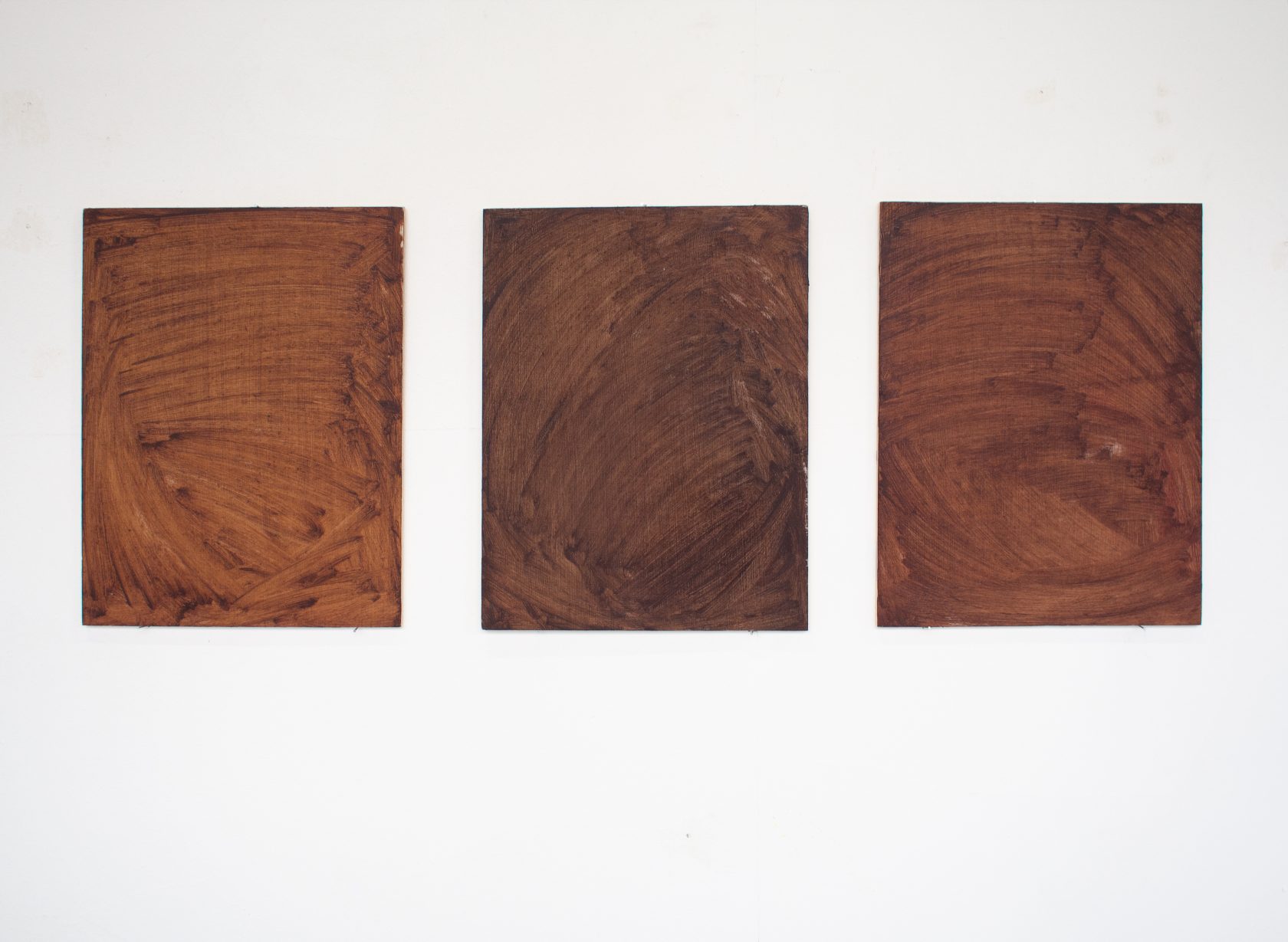
And then of course this works vice versa – to say ‘organizational/curatorial projects’ also serve to inform autonomous works. Naturally, I think this adds context and sews a more complex web of social relations – but for me this also sometimes becomes a literal and mechanical part of the work. For example, as a sort of conclusion to the opening project I did with Arthur Cordier, we produced a photographic print, of a photographic print that was part of the photo documentation from the project that one of the third party collaborators had purchased. I still can’t find a condensed way to describe it, because this elaboration on its source is a significant part of the work in this case. I think this exemplifies the particular dynamic between event and autonomous artwork, through re-elaborating the social construction that this particular work had in its experience of ‘being shown’.
And sometimes it is also nicely confusing. As I mentioned before, I was painting recently, which lead to the planning for the symposium event. When this happened, I thought that maybe the production of these works was purely a means to think of this event in a way that was degrading to the inherent quality of each painting. But then, the confusion became quite inspiring. Because I like this questioning: If include painting of mine in the symposium, whether it is then more like a feature of the symposium, or then how ‘far’ can these paintings be shown away from the context of the symposium event.
It’s the same with how at the moment my planning is for the project ‘Summer Camp Friends Forever’: only vinyl text compositions that I’m calling ‘mood boards’. ‘Mood boards’ – whether it’s in a name or more visually present – provide a kind of conceptual object hood that I think somehow helps to start define parameters for it to develop into something else later. And then, if it does, maybe they are actually fulfilling themselves as mood boards (this is maybe an example of what I said earlier about using a premise that becomes self-fulfilling).
To conclude, what is your advice to art students or starting artists anno 2022?
The classis advice is make the most of the studios and the time to focus. Maybe try to focus more on the role of an artist rather than an art student. Take interest and Follow what your peers are doing, make friends with lots of people and keep in good contact because they will become part your community after graduating.
And how could the curators of the Invest Week help you with certain things? How do you ideally see this dialogues taking place?
I hope to get a lot of feedback on my work and possible new ways of it developing in a direction that I hadn’t thought of. And I hope to make some new contacts or to have some recommendations on inspiring places and people.
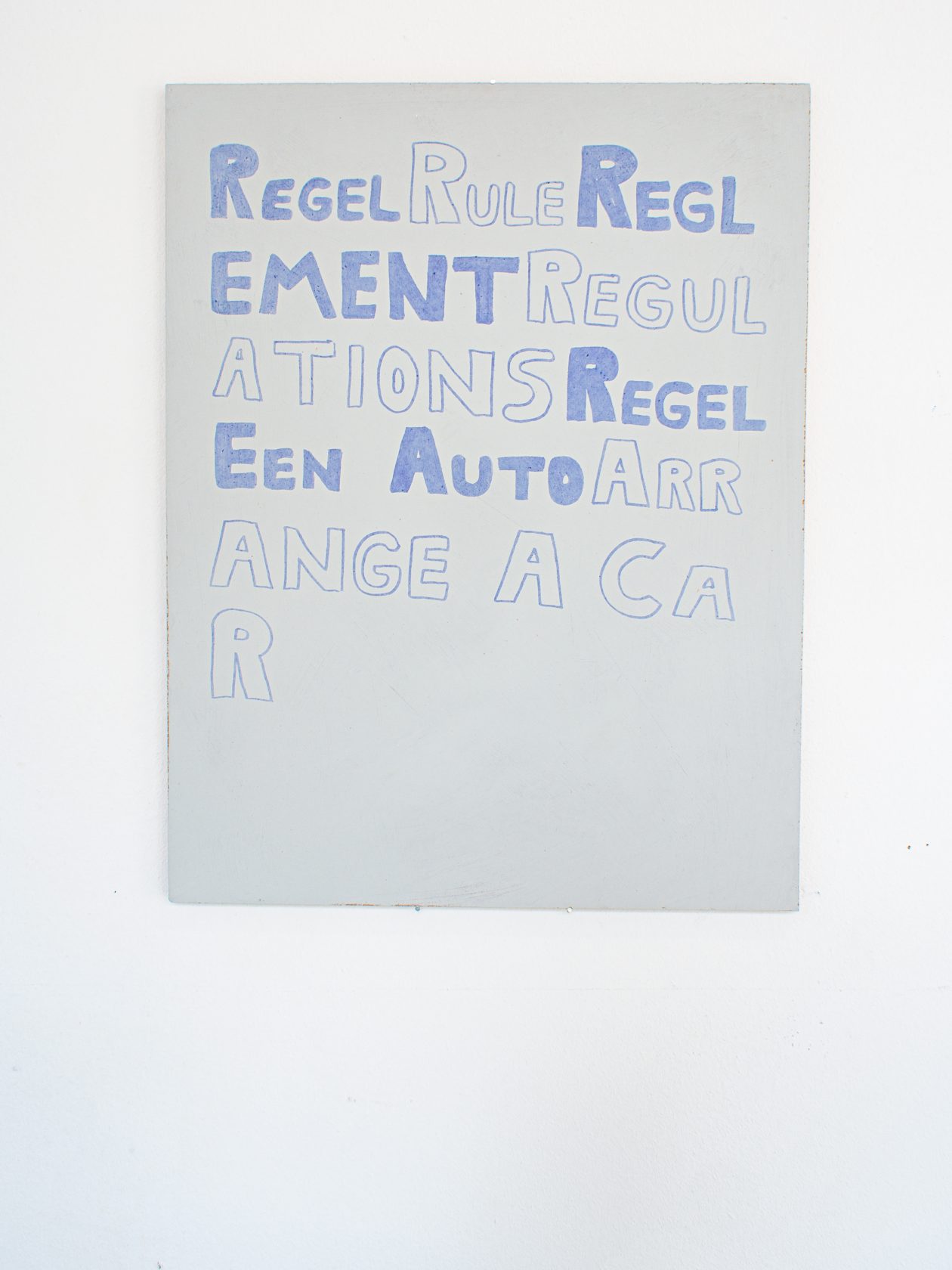
Stroom Invest Week is an annual 4-day program for artists who were granted the PRO Invest subsidy. This subsidy supports young artists based in The Hague to develop their artistic practice so that artists and graduates of the art academy can continue to live and work in The Hague. To give the artists extra incentive, Stroom organises this week consisting of studio visits, presentations and several informal meetings. The intent is to broaden the visibility of artists from The Hague through future exhibitions, presentations and exchange programs. Stroom Invest Week 2022 will take place from 7 to 10th of June.